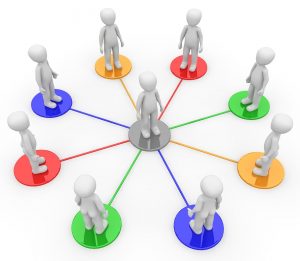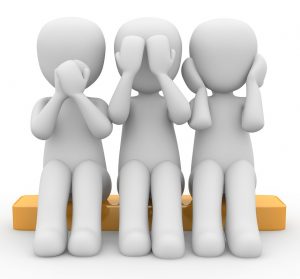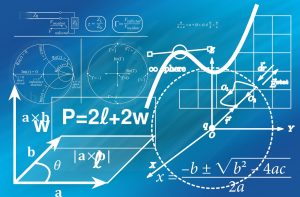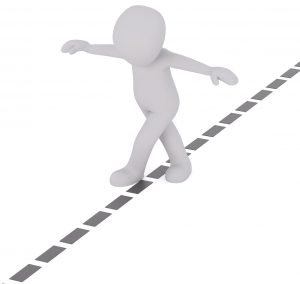 Networks are everywhere: traffic infrastructure and the internet come to mind, but networks are also in nature: food chains, protein-interaction networks, genetic interaction networks and of course neural networks which are being modelled by Artificial Neural Networks.
Networks are everywhere: traffic infrastructure and the internet come to mind, but networks are also in nature: food chains, protein-interaction networks, genetic interaction networks and of course neural networks which are being modelled by Artificial Neural Networks.
In this post, we will create a small network (also called graph mathematically) and ask some question about which is the “most important” node (also called vertex, pl. vertices). If you want to understand important concepts of network centrality and how to calculate those in R, read on!
Continue reading “Network Analysis: Who is the Most Important Influencer?”

 Do you cheat on your partner? Do you take drugs? Are you gay? Are you an atheist? Did you have an abortion? Will you vote for the right-wing candidate? Not all people feel comfortable answering those kinds of questions in every situation honestly.
Do you cheat on your partner? Do you take drugs? Are you gay? Are you an atheist? Did you have an abortion? Will you vote for the right-wing candidate? Not all people feel comfortable answering those kinds of questions in every situation honestly.
